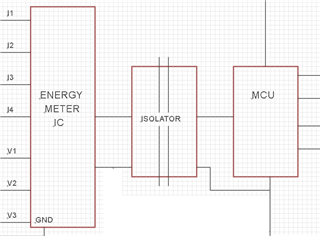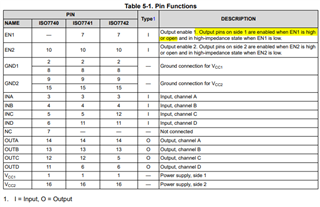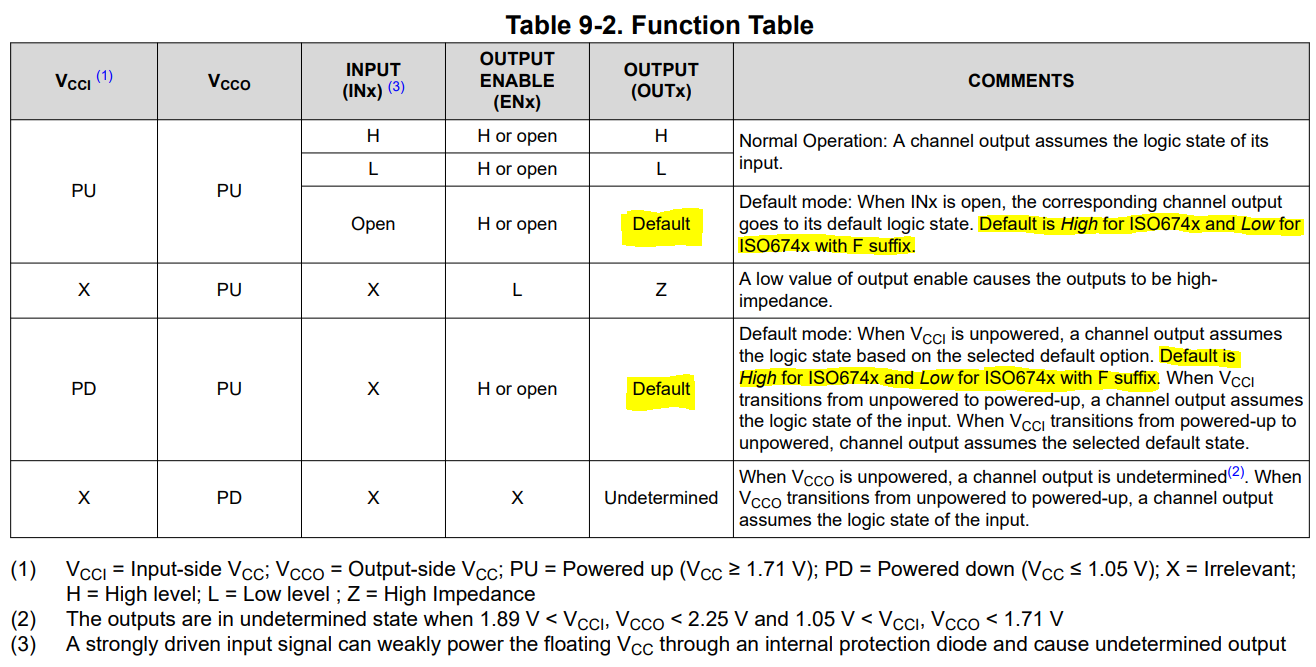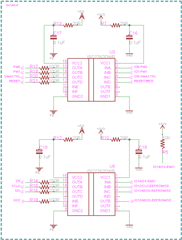Other Parts Discussed in Thread: ISO7741, ISO7761, CC3220MODA,
Hi,
Subjected to the previous Post ADS1018, We are using Isolators between Energy Meter-ADC IC and Microcontroller (CC3220MODSF12MOBR) as shown in the block diagram below to monitor the AC Voltage and Current.
1. Kindly suggest the suitable Isolator IC for SPI pins, Pulse output pins and Interrupt pins.

Thanks and regards,
Naveen K






